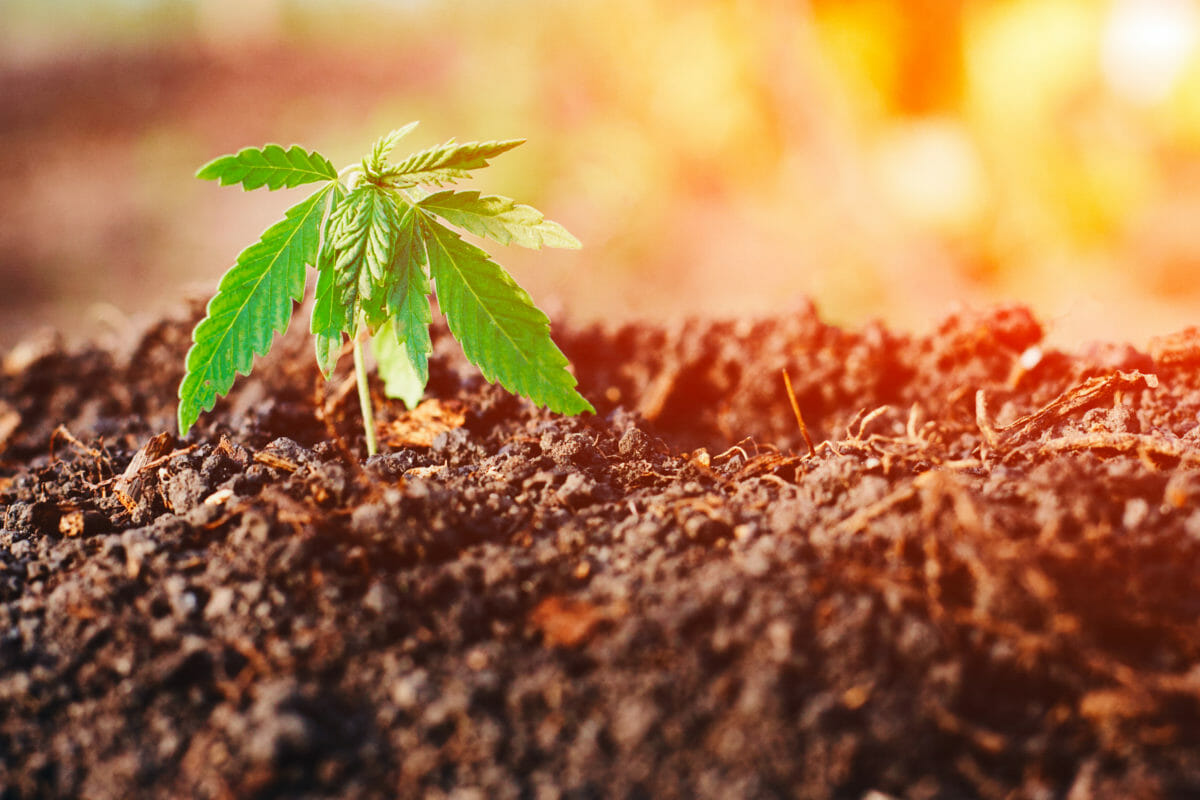Following the passage of the 2018 Farm Bill, more farmers are now experimenting with hemp growing. Some of you are probably already familiar with feminized hemp seeds but don’t know what they are. This article will give you some insight into feminized seeds and why they are necessary if you are a hemp farmer or interested in learning more about hemp farming.
Feminized Seeds Differ From Regular Seeds In A Number Of Ways.
In the case of regular cannabis seeds, you have a 50% chance of growing male plants, and a 50% chance of growing female plants. Does that sound right to you? When it comes to cannabis, female plants are preferable.
Female plants produce higher levels of cannabinoids than their male counterparts, which explains why male plants produce lower levels. Furthermore, after the male plants fertilize the female plants, the cannabinoids levels are lowered in the fertilized female plants as well. It makes no sense to have male plants on your farm as the money you’ll earn will come from cannabinoids. Feminized hemp seeds can be used in this situation. As these seeds contain genetic material only found in female plants, they are expected to produce female plants, so they may be able to help farmers increase their yields and earnings.
Growing Feminized Seeds: Why Are They More Popular?
When growers use feminized seeds, they can avoid having to wonder if their plants will grow into females or males. Regular hemp seeds still require close monitoring by farmers so the males can be identified and removed immediately. However, feminized seeds guarantee that female plants will grow, which means that farmers can maximize their resources, including their resources, land, and manpower.
Growers can also save time by choosing feminized seeds. The gender of a hemp plant can often only be determined after a few weeks, so farmers waste their time waiting for the right plant only to have to remove the boy. Women-specific seed varieties eliminate this need for waiting.
The yield is much higher when the whole garden is full of female hemp plants. One of the reasons for this is that each plant grows buds with the highest amount of CBD. In addition, there is no chance of pollination on your farm because there are no male hemp plants (which lowers the CBD level of the plants). Considering that every plant will serve a purpose, you can utilize as much space as possible in your planting area.
Is There Any Disadvantage?

Growing hemp is more lucrative if you concentrate on producing CBD, the most lucrative component of hemp plants. You may need both feminized and male seeds to cultivate new strains if you are trying to create new breeds of cannabis.
Additionally, it is possible to get low quality hemp seeds that may produce hermaphrodites (male and female plants). If you buy high-quality feminized seeds, you can avoid the scenario described above. Look for reputable and reliable breeders.
Feminized Seeds Are Produced In What Ways?
A feminized hemp seed is produced by causing a female plant to produce pollen-bearing flowers on its male plants. This process is known as masculinization. A female flower can then be fertilized with pollen resulting from induced male flowers. A plant with only female chromosomes produces female plants when it pollinates with pollen.
In order for a female hemp plant to produce male flowers, it must be stressed in a way that threatens its genetic lineage. It is subjected to a variety of stressors, such as disrupted light cycles and strong heat. Despite their effectiveness, these methods aren’t 100 percent accurate, especially when performed by individuals who lack the necessary expertise.
Breeding techniques have been improved over recent decades, which is a great thing.
It simplifies the process of masculinization and ensures better results. Silver nitrate, gibberellic acid, and silver thiosulfate are some of the most reliable chemicals used in this process.

